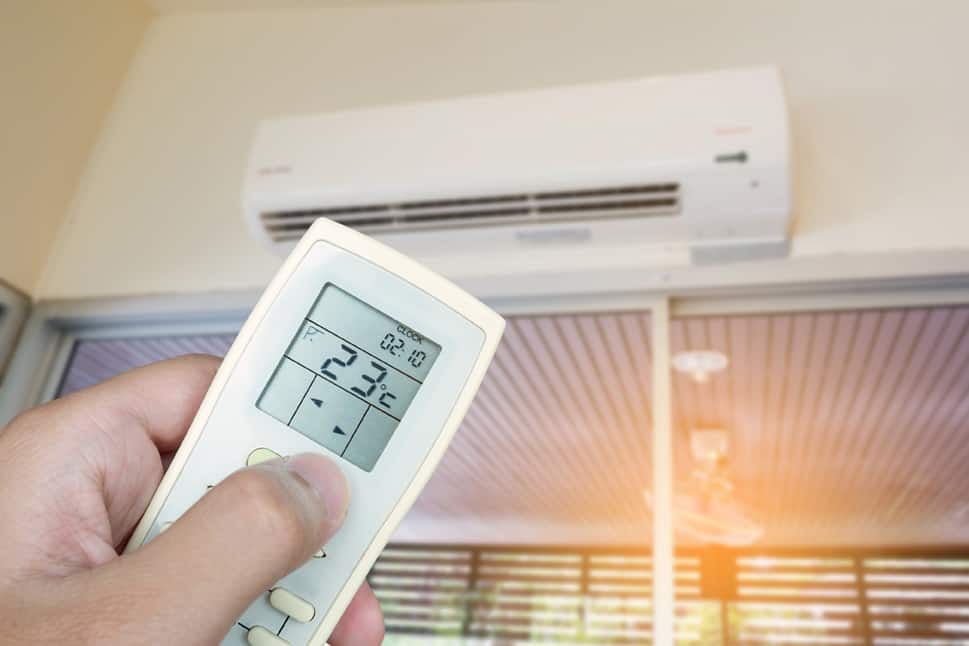Ductless mini split technology is growing by leaps and bounds, along with the types of applications that we are finding most popular out in the field. When this energy saving technology first became popular, it was used mostly in small apartments in Europe, South America and Asia, in one to a maximum of two zones. When you’re traveling in these areas of the world, it’s not uncommon to see mini split outdoor units on balconies or rooftops. In some countries – like Spain for example – you can often see what we call “Mini Split Blight,” where outdoor condensers are affixed, like so many pieces of a puzzle, to outside walls of apartment buildings, and the idea of following building codes or HOA rules seem not to be relevant considerations. Thankfully, cities like San Diego and surrounding municipalities require permits for where units can be placed and other safety and aesthetic considerations.
Since the early days of mini split technology, consumer demand has skyrocketed, and the most popular applications have evolved from single and two zone systems to a wide range of uses. Here are the current most popular uses for ductless mini splits:
- New Construction. When adding on a granny flat, art studio, “man cave,” craft room, office or extra bedroom to your existing home, mini splits are becoming the preferred method of adding air conditioning and heating. Some consumers attempt to add on to their existing whole-home HVAC system by extending ducting into new rooms. The main problem with this method is that your existing system was likely “sized” to your home based on square footage and other “load calculation” measurements. The AC condenser, furnace and evap coil may be the right size for your home before the add-on, but not sufficient for the new square footage and changes in sun exposure, window/glass technology and other factors that dictate the ideal system configuration. Adding mini split units for add on construction take the guesswork out of the new square footage equation, because they can be easily sized to the new space without impacting the existing system. And adding in a new mini split also provides a first step in adding on HVAC equipment for maximum energy efficiency – since you can condition the new space only when you need added cooling or heating.
- Areas with No Access to Ductwork. Many installations can’t support adding ductwork to provide heating and cooling to rooms or offices. No attic or crawl space under the house or in an apartment usually means there’s no viable way to run ductwork. The challenge then is where to place the outdoor condenser. Condensers are most commonly placed on rooftops, alongside walkways in yard, and on balconies where HOA rules permit their usage.
- Whole home or First Time System Replacements. Over the last several years, we’ve seen an exponential increase in the use of Ductless Mini Split systems as replacements for traditional whole home ducted systems, or for applications where homeowners are installing air conditioning for the first time in their houses. When you factor in energy savings, much lower operating costs and the flexibility of cooling and heating specific rooms, the economics of choosing mini splits vs. traditional HVAC systems become very compelling.

